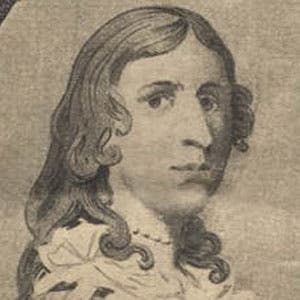Deborah Sampson wore male drag to smuggle herself into the Continental Army. Under the name of Robert Shurtliff, she served throughout the War of Independence without being exposed.
Wounded in battle
At one point she was wounded in the head and thigh. She allowed an army doctor to treat the head wound but prevented him from treating her thigh, which she disinfected herself with wine and then extracted the bullet with a penknife. After the war ended, she was honorably discharged from the army.
Loved women
Sampson had several affairs with women while in the public guise of a man. She traveled to the Ohio frontier (still as soldier Shurtliff) where she purchased the freedom of a young white girl held captive by Indians, taking the girl as her wife.
Denied a pension
When Sampson’s true gender was discovered, she was denied her veteran’s pension. Paul Revere, in recognition of Sampson’s patriotic contributions, provided some financial support.
FURTHER READING: SHILTS. CONDUCT UNBECOMING


